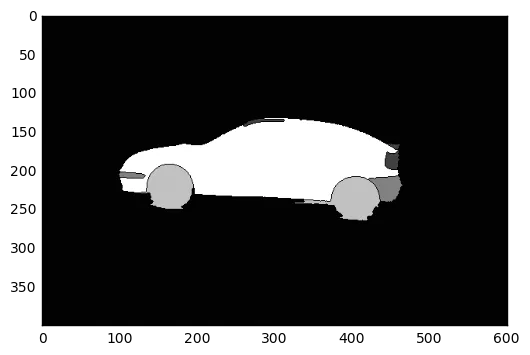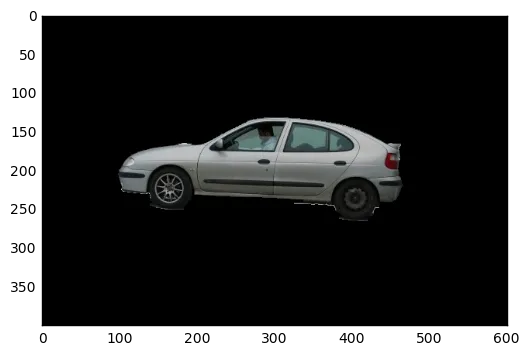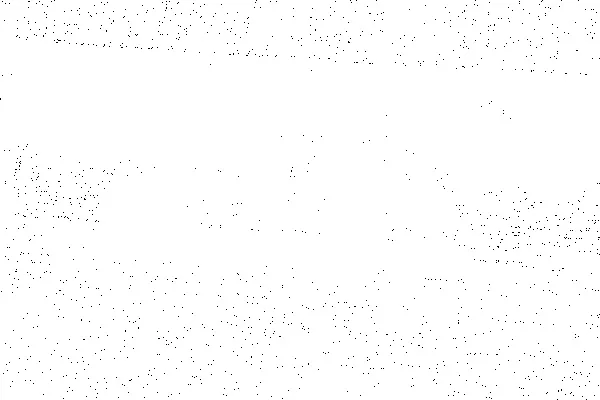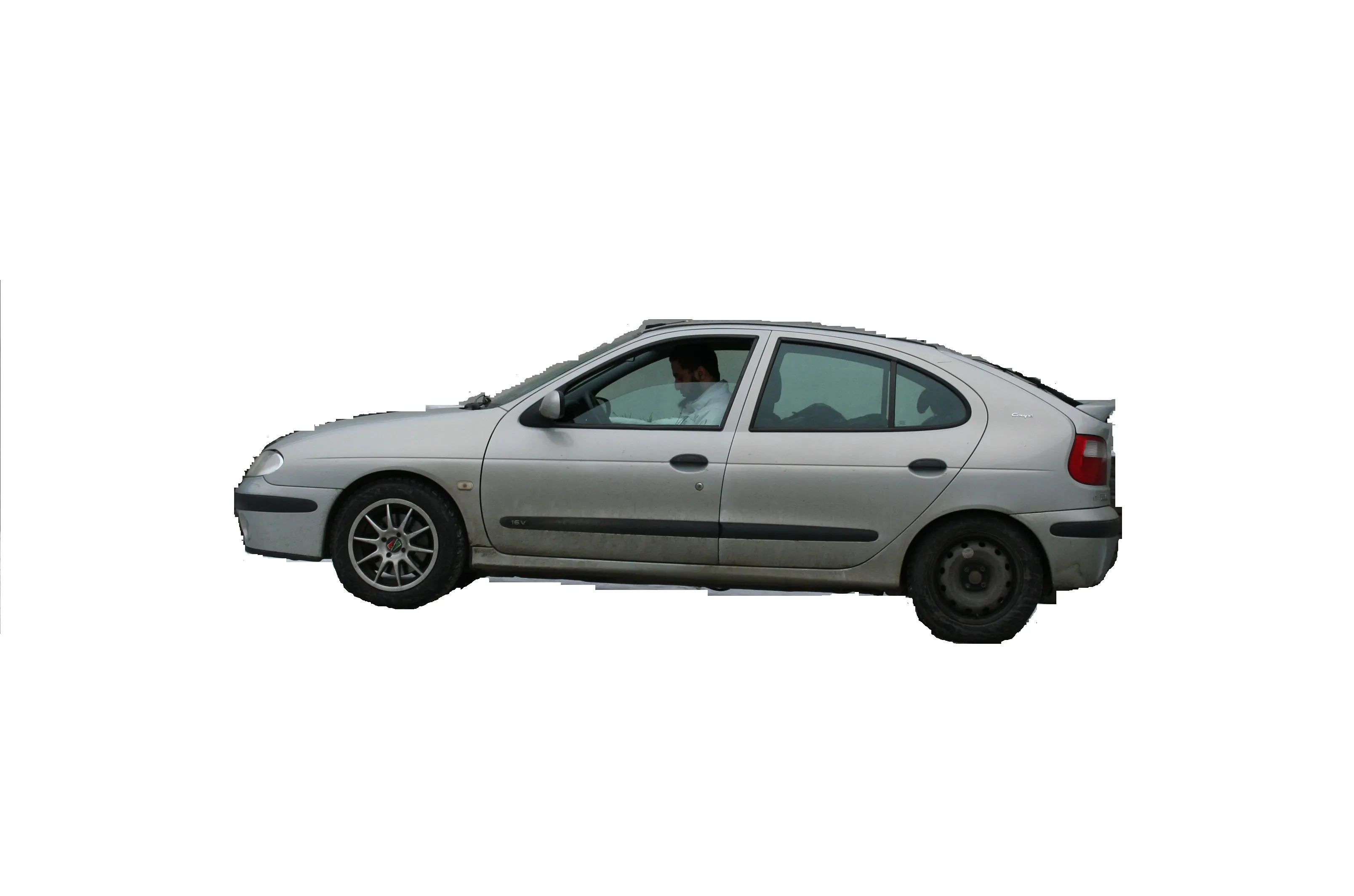我使用了OpenCV的
watershed算法来解决您的问题。您可以在
这里找到分水岭算法的理论和示例。
首先,我选择了几个点(标记)来指示我想要保留的对象和背景的位置。这一步是手动完成的,因此会因图像而异。此外,需要重复几次才能获得所需的结果。建议使用工具获取像素坐标。
然后,我创建了一个大小与汽车图像相同的空整数数组,并将一些值(1:背景,[255,192,128,64]:汽车部件)分配给标记位置处的像素。
注意:当我下载您的图像时,我不得不裁剪它以获得带有汽车的图像。裁剪后,图像的尺寸为400x601。这可能与您拥有的图像尺寸不同,因此标记会偏移。
之后,我使用了分水岭算法。第一个输入是您的图像,第二个输入是标记图像(除标记位置外处处为零)。结果显示在下面的图片中。

我将所有值大于1的像素设为255(汽车),其余部分(背景)设为零。然后,我用3x3的核膨胀得到的图像,以避免丢失汽车轮廓的信息。最后,我使用cv2.bitwise_and()函数将膨胀后的图像作为原始图像的掩码,并将结果显示在以下图片中:

这是我的代码:
import cv2
import numpy as np
import matplotlib.pyplot as plt
img = cv2.imread("/path/to/image.png", 3)
marker = np.zeros_like(img[:,:,0]).astype(np.int32)
marker[204][95] = 1
marker[240][137] = 1
marker[245][444] = 1
marker[260][427] = 1
marker[257][378] = 1
marker[217][466] = 1
marker[235][370] = 255
marker[135][294] = 64
marker[190][454] = 64
marker[167][458] = 64
marker[205][103] = 128
marker[225][456] = 128
marker[224][461] = 128
marker[216][461] = 128
marker[225][189] = 192
marker[240][147] = 192
marker[258][409] = 192
marker[257][391] = 192
marker[254][421] = 192
marked = cv2.watershed(img, marker)
plt.imshow(marked, cmap='gray')
plt.show()
marked[marked == 1] = 0
marked[marked > 1] = 255
kernel = np.ones((3,3),np.uint8)
dilation = cv2.dilate(marked.astype(np.float32), kernel, iterations = 1)
plt.imshow(dilation, cmap='gray')
plt.show()
final_img = cv2.bitwise_and(img, img, mask=dilation.astype(np.uint8))
b, g, r = cv2.split(final_img)
final_img = cv2.merge([r, g, b])
plt.imshow(final_img)
plt.show()
如果你有很多图片,可能需要创建一个工具来以图形方式注释标记,或者甚至需要编写一个自动查找标记的算法。




